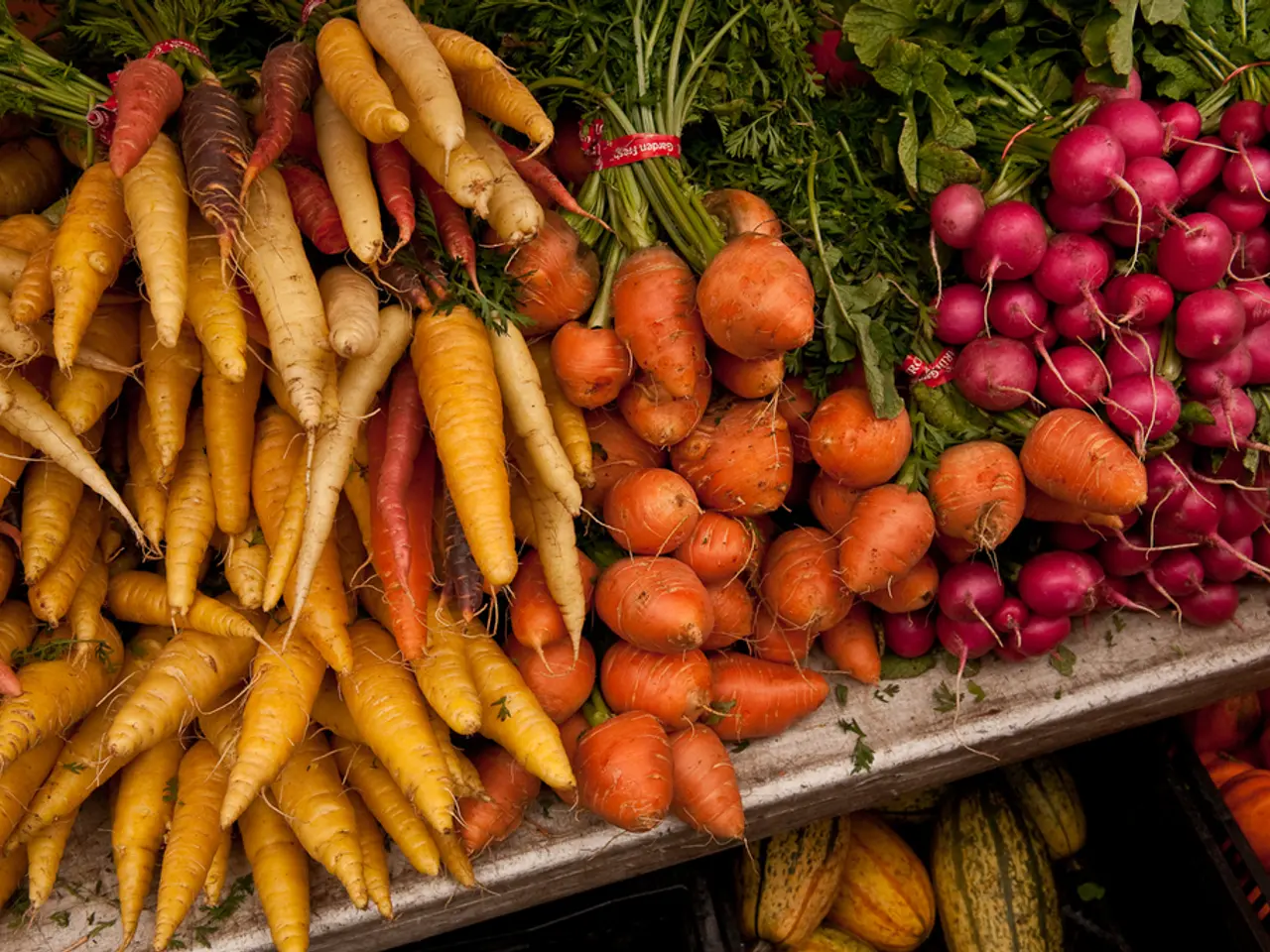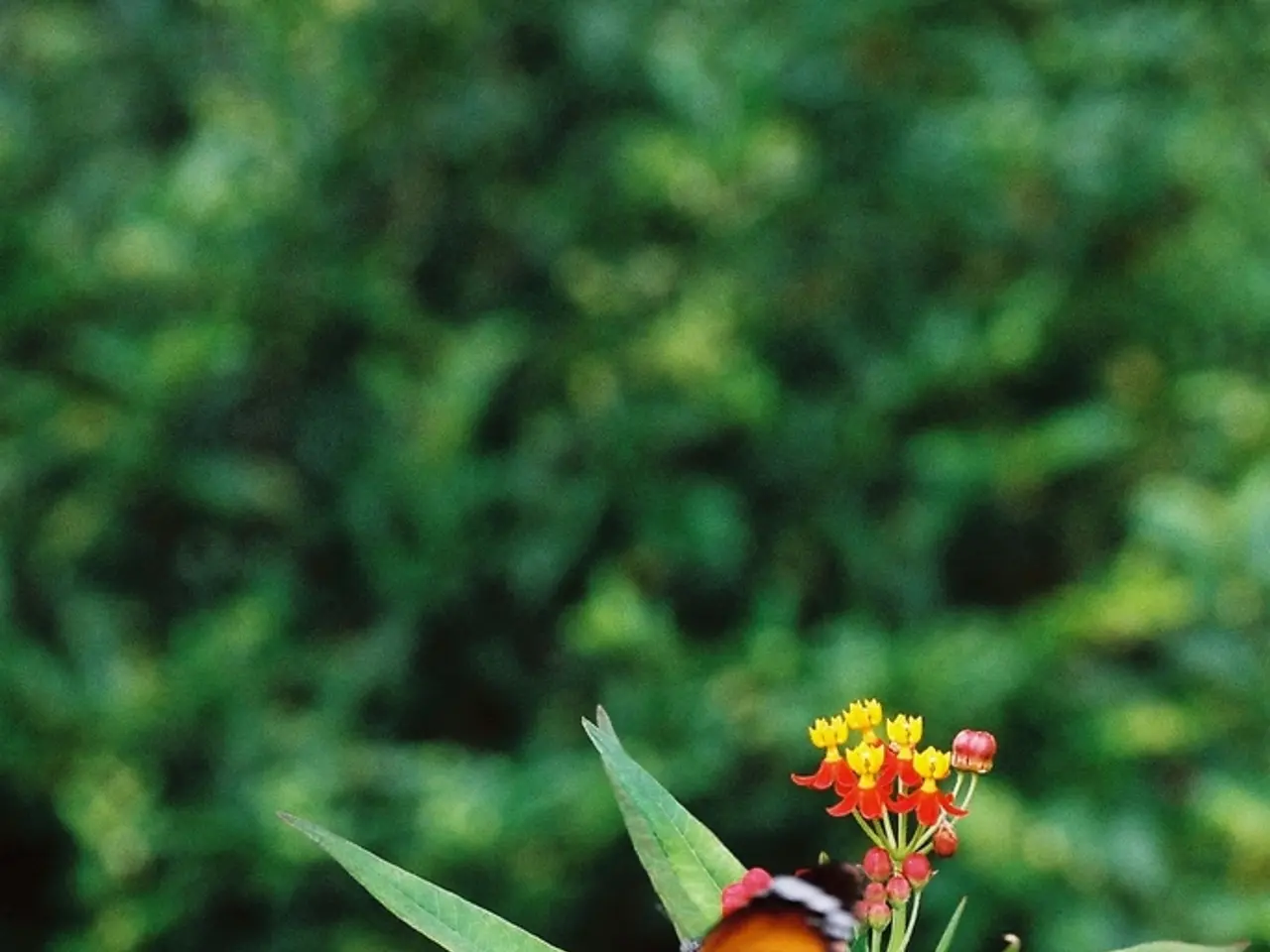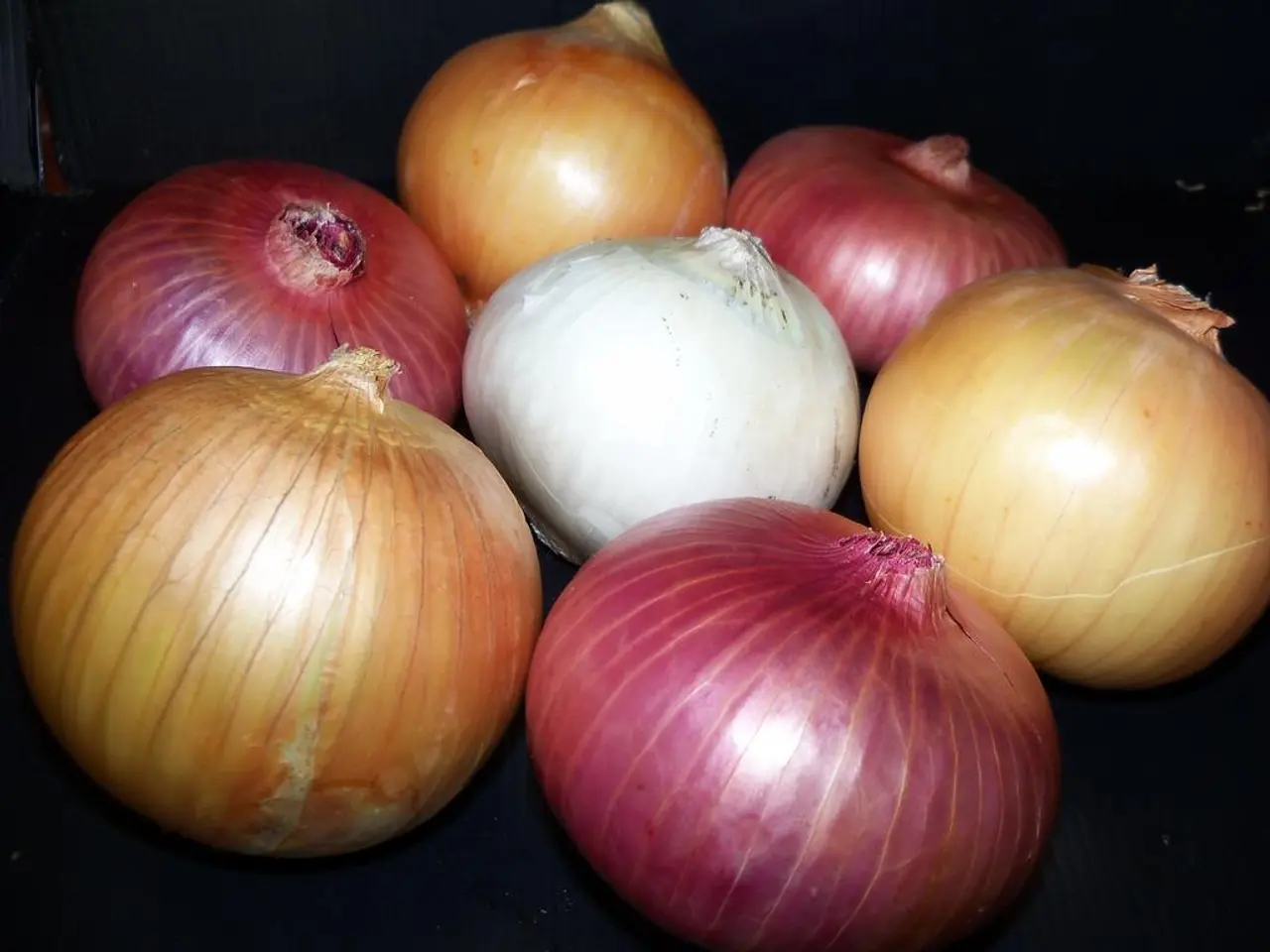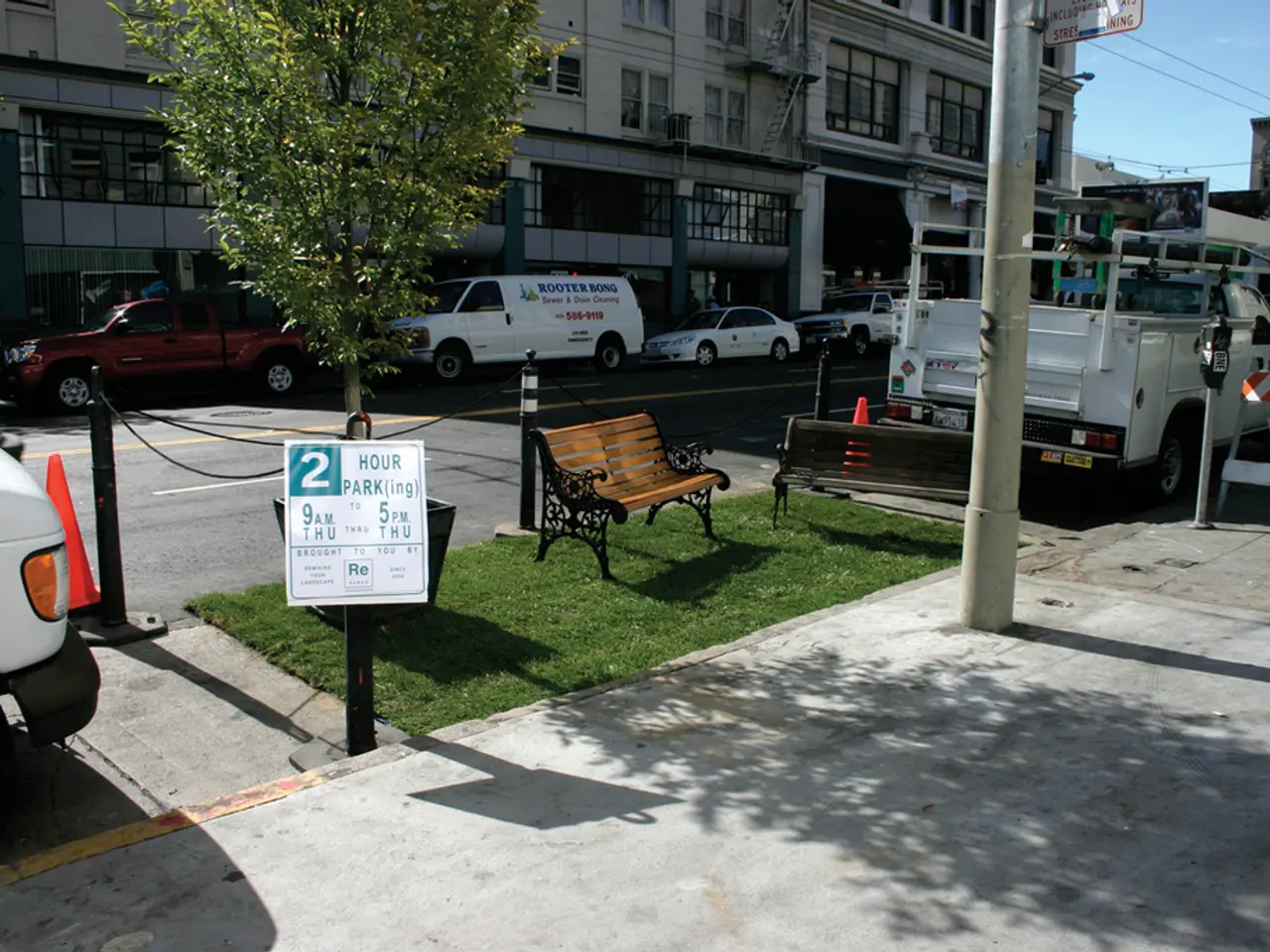Cultivation Foundation: The Quiet Key to Successful Sowing
Preparing the soil for planting is essential to ensure the health and growth of plants. By investing time in soil preparation, gardeners can create an ideal environment for their plants to thrive.
The first step in soil preparation involves clearing out any rocks, debris, or weeds present in the planting area. This step is crucial as it promotes optimal growth by removing obstacles and allowing the soil to be ready for seeds or plants. To do this, large rocks can be removed by hand or with the use of tools, such as a shovel, while weeds can be removed by hand or with a garden hoe or spade.
Once the area is cleared, the soil must be loosened to ensure proper root growth and oxygenation. This can be achieved by tilling the soil, which involves using a rototiller to break up the earth, or by adopting a no-till method, which involves loosening the soil without turning it over. The latter can be achieved through methods like mulching, cover cropping, or using a broadfork.
Another important aspect of soil preparation is adjusting the soil balance by addressing nutrient deficiencies and pH levels. The ideal soil texture for most plants is loam, a combination of clay, sand, and silt particles. To adjust the soil's composition, conduct a soil test that provides information about nutrient levels, pH levels, and organic content. Based on the test results, adjust the soil nutrients by adding fertiliser or organic matter like compost. If necessary, adjust the pH level by adding garden lime or powdered sulphur.
It's also important to improve the soil's fertility by adding organic matter, which provides essential nutrients for plants, improves soil structure, and encourages beneficial soil microorganisms. Adding organic matter can help balance the soil and create an ideal environment for plant growth.
Leveling the garden bed is the last step in preparing the soil for planting. Start by using a level to smooth out the soil surface, making it even and free from bumps. Conduct a final check to ensure that the bed is now ready for planting.
By following these steps, gardeners can create an environment that is conducive to the health and growth of their plants, resulting in a thriving garden.
Frequently Asked Questions
- How do I remove weeds from the planting area?Weeds can be removed by hand or with the help of tools like a garden hoe or spade.
- What is the best way to loosen clay soil?Adding organic matter such as compost can help improve drainage and aeration in clay soil.
- How can I adjust the pH level of my soil?Adjust the pH level by adding garden lime for alkaline conditions or sulfur for acidic conditions.
- What are some benefits of adding organic matter to my soil?Organic matter improves soil structure, provides essential nutrients, and encourages beneficial soil microorganisms.
- How can I level the garden bed?Use a rake to smooth out the soil surface, making it even and free from bumps.
Implementing the no-till method can promote healthy soil microorganisms and reduce the disturbance of plant roots. This can be achieved by loosening the soil using mulching, cover cropping, or a broadfork (soil health). Adopting a health-conscious lifestyle can extend beyond personal wellness; its principles can be applied to home-and-garden practices, such as soil improvement and organic gardening (lifestyle).








